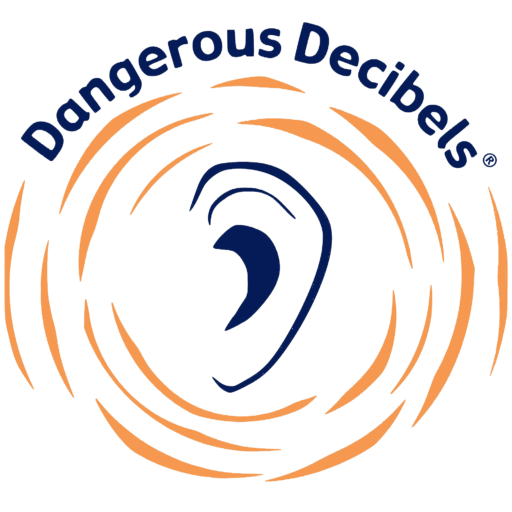Dangerous Decibels Program Walk-Through: 1. Introduction
Stops Along the Way
As you progress through each module of the Dangerous Decibels Program, key messages (from the Dangerous Decibels ProgramGuide) are highlighted in blue boxes with key icons (shown below). Each one is critical to include in the program delivery. There will also be content explaining how to tailor the program for your audience and how to maintain relevance for your community.
We’ll highlight some important things to remember along the way in bold, and will discuss some “advanced techniques” in the sidebar for those of you who become experienced in delivering the program.

Think of the Dangerous Decibels program as one complete story, that starts with “What is Sound” and ends with “Rock Your World”. This will not only help you remember the sequence of the Dangerous Decibels program modules, but it will also keep the students engaged and excited to learn about what comes next in the story line.
Transition statements are provided between each of the Dangerous Decibels program modules to help link the previous content to the next part of the program. The transitions are critical to connecting the “story” from beginning to end.
The first transition statement occurs between the Introduction and the What is Sound? program modules. It looks like this:
Now that you’ve had an orientation, let’s get started and take an in-depth walk-through the content within the program.
Advanced Techniques
If there are advanced techniques that relate to a particular section, they will be included in the sidebar as shown here.
